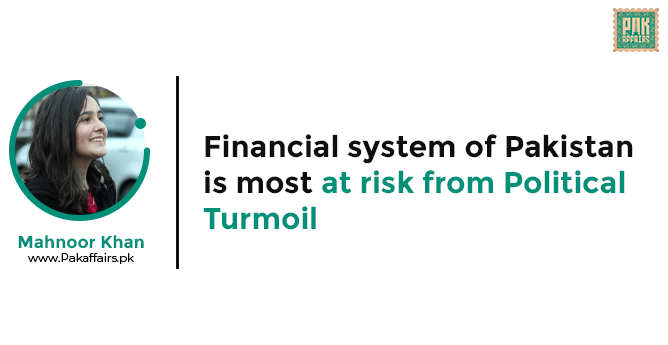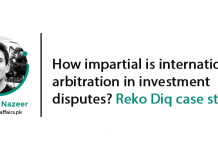The primary obstacle to the economy of Pakistan, according to General Authority for Strategy, Innovation, and Special Programs Professor. Ahsan Iqbal has already been in turmoil and expansionism.
The Strategy Department and the Lahore School of Economics officially held a buffet cabinet table conference on the “Economy of Pakistan” in Lahore where he was presenting. In contrast, in 2022, the PSDP was whittled down to just rupees 500 Billion or below, and the “government of PTI started to default on public payments in their last fortnight,” the official claimed. In 2018, the amiable government’s Public Sector Development Program (PSDP) was worth rupees 1000 billion and the military budget was rupees 1000 billion as well. In maximizing the advantages of initiatives, according to Iqbal, it’s necessary to have consistency as they take hold, develop, and begin to yield produce over the course of years. As a result, the government of PML-N’s capacity to promote the natural resources of Pakistan through mandate during its duration was unsuccessful because they were a victim of political unrest. The decision-making department continued by saying that while policy factors and problems are still a topic of discussion, it becomes important to consider the social climate and its difficulties as well. According to him, Vision of Pakistan 2010 underlined the need to increase the country’s energy capacity (despite Pakistan being an energy surplus in the 90s). Also according to the officer, in 2013 his desk developed “Vision 2025,” which foresaw Pakistan having one of the top 25 sectors of the economy through the year 2025.
The administration made every effort to achieve these aims by resolving safety and security difficulties, thwarting terrorists, and removing infrastructural and power generation obstacles (by CPEC). Think tanks like PWC began estimating that the economy of Pakistan may rank among the top 25 through 2025 as a consequence.
The document states that Pakistan was at a crossroads which had two options: “Alternatively,” confront systemic problems of the economy by focusing on exports to expand its overall base and by including value-added goods and services. If we select the first option, we will indeed embark on the stability test and aim for expansion, but this time we will be struck by a spherical liabilities gap and shatters need to be implemented. The largest business corporations in Pakistan currently contribute very little to exportation since the policies do not encourage companies to use it, he claimed.
Arguably correct that Pakistan must engage in a compaction process, Cabinet secretary Iqbal argued that it should be accompanied by a large manufacturing structure that reorients market mechanisms in the nation and prevents Pakistan’s cost saving from being planted in foreign assets, leasing, or gold. Rather, he said, Pakistan’s benefits should be used to create a productive economy across all sectors. He made that statement in an effort to include academics, entrepreneurs, and influential community members in the leadership of Pakistan’s structural adjustment program.




